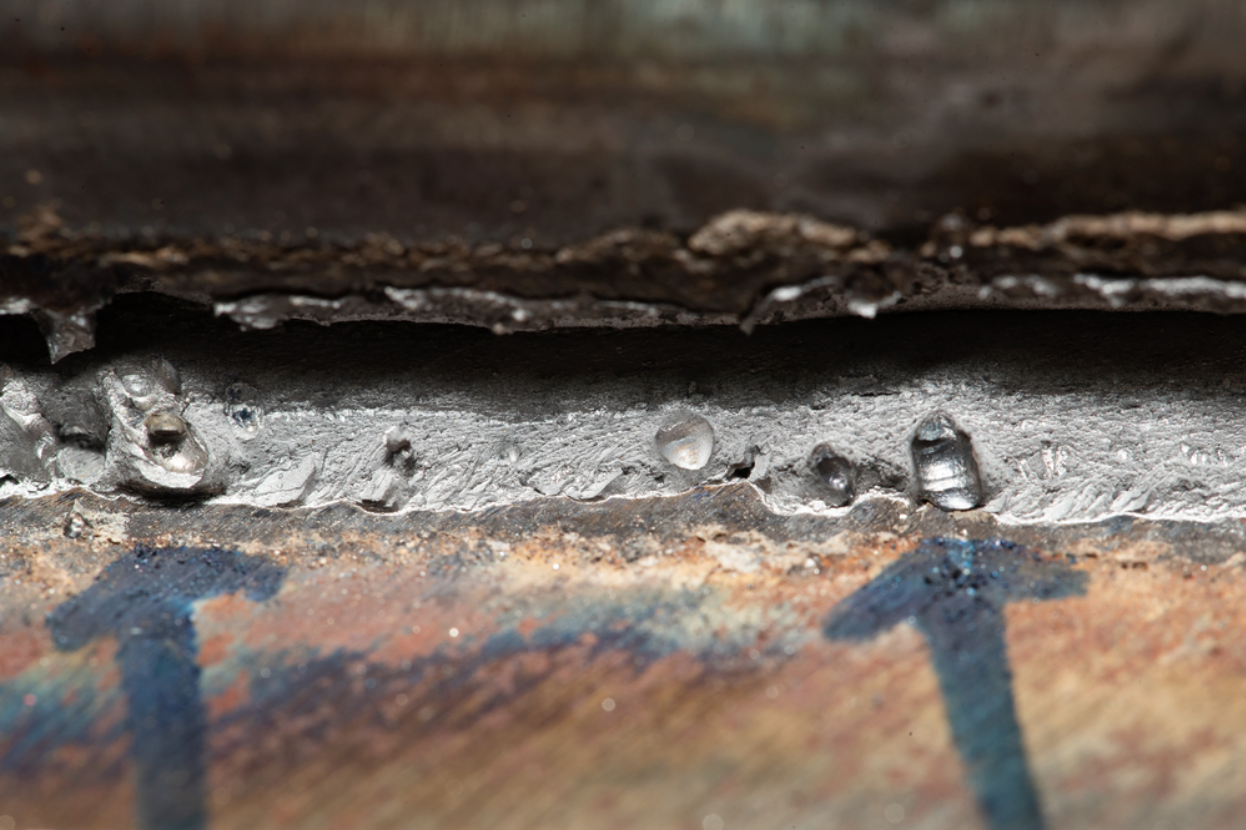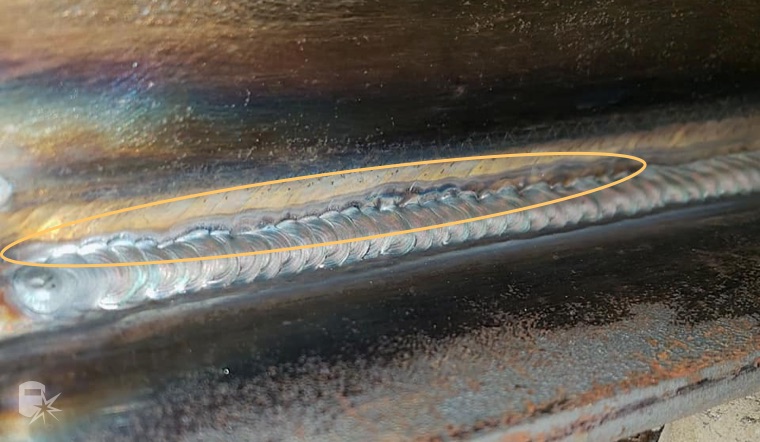Your Complete Manual to Preventing Weld Undercut Like a Pro
Comprehending the Causes and Solutions for Undercut Welding in Metal Manufacture Procedures
In the realm of steel manufacture processes, the occurrence of undercut welding positions a considerable difficulty that demands a detailed understanding of its reasons and feasible options. The complex interaction of different aspects throughout welding operations can result in this unfavorable phenomenon, impacting the structural integrity and total top quality of the bonded joints - Preventing weld undercut. By exploring the origin of undercut welding and exploring effective therapeutic actions, makers can raise the requirement of their workmanship and ensure the manufacturing of remarkable metal components
Common Reasons For Undercut Welding
Frequently neglected in metal construction, undercut welding takes place due to various factors that demand careful focus and expertise to be efficiently reduced. Furthermore, inappropriate welding strategies, such as making use of the incorrect welding angle or take a trip rate, can also contribute to undercut formation. The choice of welding parameters, such as voltage, current, and wire feed speed, plays a significant role in the occurrence of undercut welding.
Impact of Incorrect Welding Parameters
Unreliable welding parameters can considerably endanger the integrity and quality of bonded joints in steel fabrication processes. The effect of wrong welding parameters materializes in different means, leading to architectural weaknesses and problems in the bonded parts. Meticulous attention to welding specifications is vital to make certain the production of premium welds with the preferred mechanical buildings and architectural integrity.
Effect of Improper Torch Angle
Incorrect torch angle in welding operations can substantially influence the top quality and honesty of the last weld joints in steel manufacture procedures. The lantern angle plays a crucial role in determining the heat input and distribution during welding. When the lantern angle is wrong, concerns such as damaging can emerge. Damaging is an usual welding flaw where a groove creates along the weld toe, weakening the joint and compromising its architectural honesty.
A torch angle that is too steep can bring about not enough infiltration, incomplete fusion, and raised spatter. On the various other hand, a torch angle that is too superficial can cause extreme penetration, burn-through, and distortion of the base product. Preventing weld undercut. Appropriate torch angle is important for ensuring regular weld high quality, strength, and look
To avoid undercutting and other issues triggered by improper lantern angles, welders need to be trained to keep the appropriate torch angle throughout the welding procedure. Regular surveillance and modification of torch angles during welding can aid attain sound welds with minimal problems.
Role of Inadequate Welding Strategies

An additional aspect of poor welding techniques is improper weld prep work. Insufficient cleaning of the base steels, inaccurate joint layout, or not enough edge prep work can all add to undercut welding. In addition, poor securing gas insurance coverage or utilizing the incorrect kind of gas can lead to incomplete blend and the development of undercut flaws.
To attend to the role of poor welding methods in metal manufacture processes, it is necessary to offer detailed training for welders. Appropriate education and learning on welding parameters, joint prep work, and securing gas selection can help avoid undercut welding and guarantee premium welds in steel construction tasks.
Effective Solutions for Undercut Welding
Attending to undercut welding in steel fabrication requires implementing reliable services to boost weld high quality and structural stability. Among the main remedies to battle undercut is to readjust welding criteria such as voltage, current, and take a trip rate to make certain appropriate warmth input and content blend. By fine-tuning these settings, welders can prevent too much melting of the base metal and filler product, decreasing the possibility of undercut development.
Additionally, proper joint prep work is essential in preventing undercut. Guaranteeing clean base steel surface areas cost-free of impurities and using the suitable bevel angle can help advertise much better weld infiltration and lower the risk of undercut - Preventing weld undercut. Using suitable welding methods, such as weaving or oscillating the lantern, can additionally aid in distributing heat uniformly and filling up the weld joint appropriately, lessening the opportunity of undercut defects
Furthermore, choosing the correct welding consumables, consisting of electrodes and filler steels, is important in minimizing undercut. Using products with ideal chemical structures and mechanical residential properties can add to accomplishing audio welds with marginal undercut. Routine examination and high quality control steps must likewise be carried out to identify and address undercut concerns immediately, guaranteeing the total stability of made metal parts.

Conclusion
In conclusion, comprehending the causes and solutions for undercut welding in steel manufacture procedures is vital for attaining high-quality welds. By dealing with typical reasons such as inaccurate welding specifications, incorrect torch angle, and inadequate welding strategies, welders can protect against damaging and ensure solid, durable welds. It is important to focus on these variables and apply efficient remedies to boost the general welding procedure and final item high quality.
